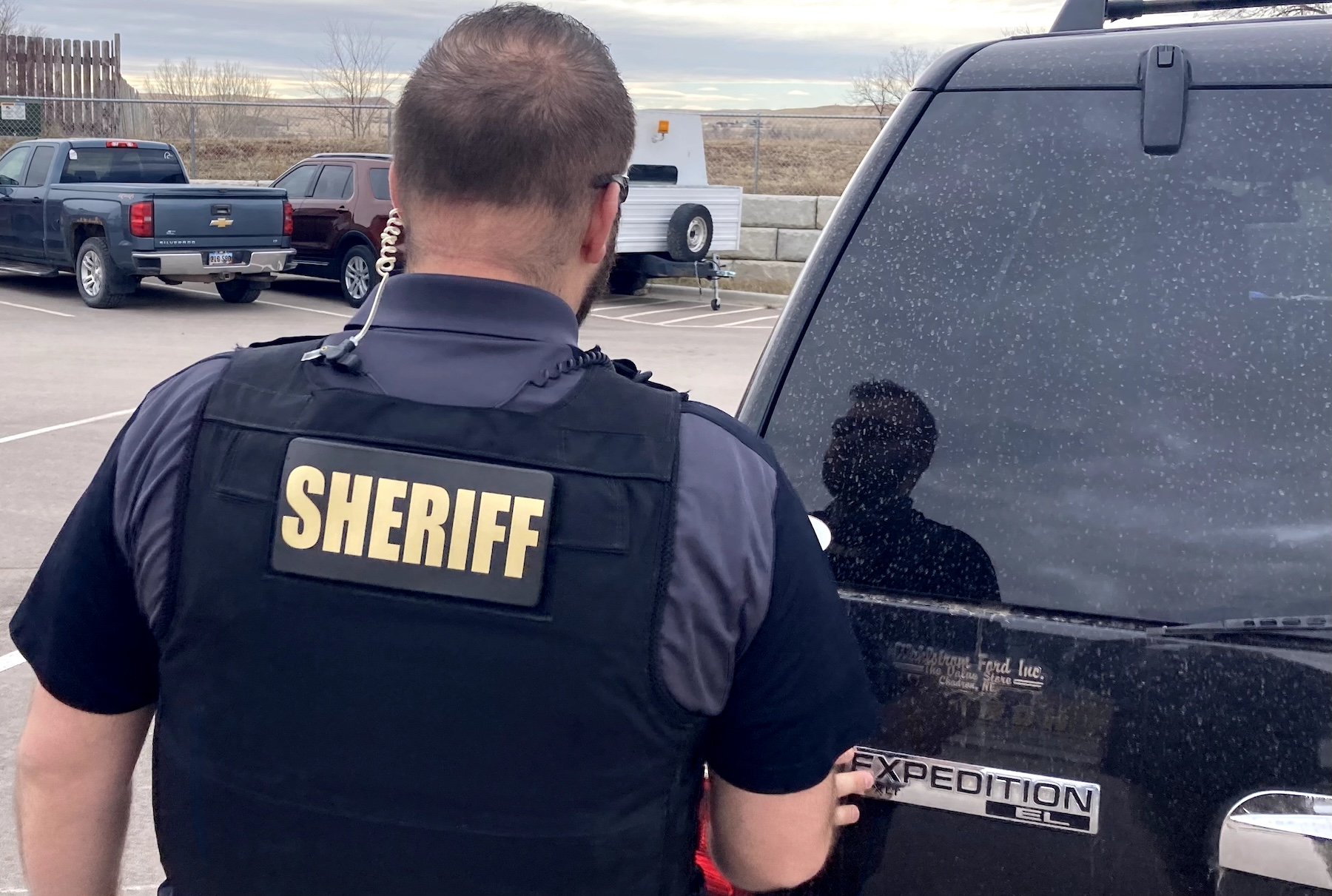
ACJA09-Perception-2fghlik-800
The rain was pouring down on us as we took up positions of cover on the quiet residential street. We’d responded en-masse to deal with a deranged man who’d just stabbed his father — luckily only inflicting minor injuries. The man had then taken every knife in the house and began stabbing and cutting every inanimate object he came across. This included each tire on the two vehicles in the driveway. You never realize just how many knives people keep in their kitchens until a crazy man decides to start using them.
“Remember, these situations are dynamic, you won’t know why
another officer is failing to engage a suspect you perceive to be a threat.
Better to take action and deal with the fallout later, than to risk allowing
a fellow officer to be injured or killed.”
As we watched with guns pointed, one officer attempted to negotiate with the man. Though the officer is a great talker, this guy could care less — he had true mission focus. He jumped onto the hood of a truck, stabbed the windshield repeatedly with a butcher knife, and then ripped the entire windshield out with his bare hands. Next he ran around to the back of the truck, climbed in the bed, and tore off the camper shell, flinging it across the rain soaked yard like it was no more than a piece of paper. Every officer there was thinking the same thing, “we’re gonna have to shoot this guy.” Then it happened — he turned toward the negotiating officer. You could see the bad guy get target fixation as he raised the knife above his head and charged. I tracked the suspect and took up trigger slack while wondering why my fellow officer wasn’t firing. This was a veteran whose ability and judgment I trusted, but I couldn’t wait any longer. The threat was too close.
PERSPECTIVE
We constantly train to use deadly force when someone is a threat to us or someone else. But what about when that “someone else” is a fellow officer who is armed and pointing a gun at the suspect? You should know when you’d use force against a knife-wielding suspect charging at you. Same if they’re charging an innocent citizen. But what about your partner who appears to be ready to shoot? This issue has come up too often over the years and has been the culprit for many a falling-out between cops. The cover officers perceive their partner is in jeopardy and kill the suspect. The targeted officer never fires and the accusations fly. The defense claims if the suspect was truly a threat, the targeted officer would have fired. This officer is then put on the spot to either help justify his partner’s shooting or justify why he didn’t fire.
“If I have to go through all this crap then I just won’t shoot the guy and let my partner deal with it.” Sounds good in theory except for one little problem. We do this job for a reason — we’re warriors who naturally engage the bad guys. It goes against the grain for us to just stand by and watch while a fellow officer is in danger. So what do we do?

goon (sorry Sammy) get to you? Your partner? A citizen? Think about it.
PAY ATTENTION
Read a situation for what it is — as early as possible. Recognize what level of danger your partner’s in and if they’re aware of it. Draw a line in the sand. At some point you’ll take action before you allow a fellow officer to be injured or killed. It’s up to you to decide what that point is. Remember, these situations are dynamic, you won’t know why another officer is failing to engage a suspect you perceive to be a threat. Better to take action and deal with the fallout later, than to risk allowing a fellow officer to be injured or killed.
As for the situation above, I was six pounds into a 12-pound SIG trigger press when the suspect suddenly stopped and ran away. One push-bumper and a K-9 later he was in custody. Later I learned the targeted officer had a good piece of cover between he and the suspect. Know the people you work with and trust your training. If you doubt your training or your partner’s, do something about it. Your family trusts you to come home each night.














